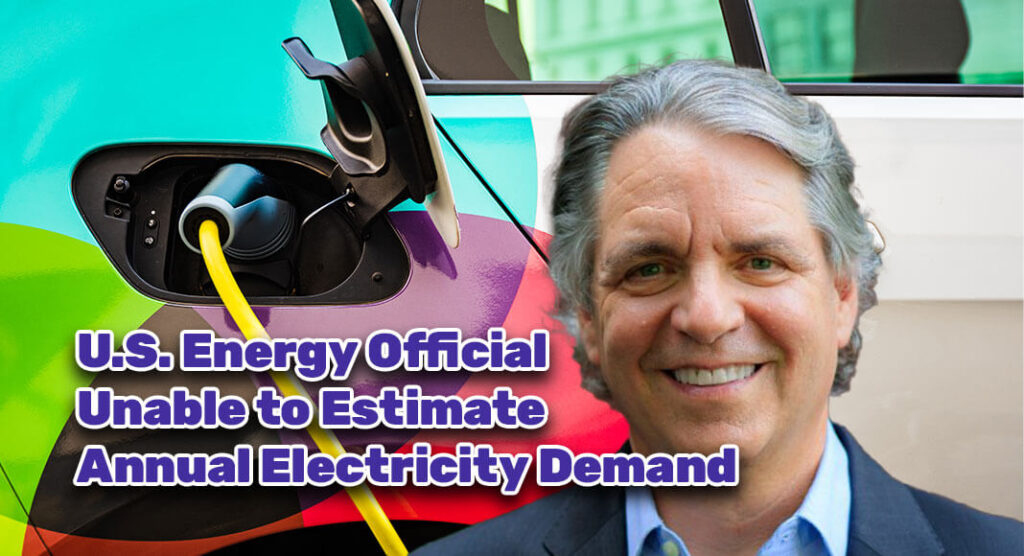
Texas Border Business
In June 2023, during a Congressional hearing, August Lee Pfluger II, an American politician and reserve military officer serving as the U.S. representative for Texas’s 11th congressional district, confronted Principal Deputy Assistant Administrator for the Office of Air and Radiation (OAR) Joseph Goffman about the United States’ annual electricity demand. To the surprise of many, Goffman could not provide an estimate, highlighting a significant gap in knowledge within the agency tasked with guiding the Biden administration’s emissions regulation policies.
The exchange raised concerns about the preparedness of regulatory bodies as they pushed for widespread adoption of electric vehicles (EVs), which increased electricity demand. Representative Pfluger’s question was direct: “How much electricity does the United States demand yearly?” Goffman responded candidly: “I don’t know that number off the top of my head.”
Pfluger informed Goffman that the U.S. demands approximately four terawatts of electricity annually and expressed frustration that key officials, including the Secretary of Energy, were unaware of this figure. “The Secretary of Energy didn’t know it. The EPA doesn’t know it. FERC probably doesn’t know it. Who else doesn’t know it in this country? And we’re mandating electric vehicles,” Pfluger remarked.
He further questioned Goffman about the expected increase in electricity demand if the administration’s EV mandates for 2030 and 2035 were implemented. Goffman estimated a 0.4% increase by 2030 and 4% by 2050. Pfluger countered, referencing a statement by the Secretary of Energy two weeks prior that anticipated a doubling of electricity demand. This discrepancy underscored the uncertainty and lack of coordination among various governmental agencies regarding future energy needs.
Goffman attempted to reassure Pfluger by stating that the EPA had analyzed the demand implications of their proposals. However, Pfluger pressed for more details, specifically asking, “Where will that electricity come from?” Goffman’s response that it would come from a “diverse grid” did little to alleviate concerns about the reliability of future energy supplies.
Pfluger highlighted the practical challenges of relying on renewable energy sources under extreme weather conditions. “It’s 110 degrees in my hometown today. The wind is not blowing. The sun is shining, and after four hours of darkness, no batteries on this planet can produce a reliable source of baseload dispatchable power. We have no plan for this,” he asserted.
The exchange between Pfluger and Goffman underscores a critical issue: the gap between regulatory ambitions and practical energy realities. As the United States pushes towards a future with increased reliance on electric vehicles, the need for a coherent and comprehensive energy strategy becomes ever more pressing. The path to a sustainable energy future remains to be determined with clear answers and coordinated planning.
See video below:













